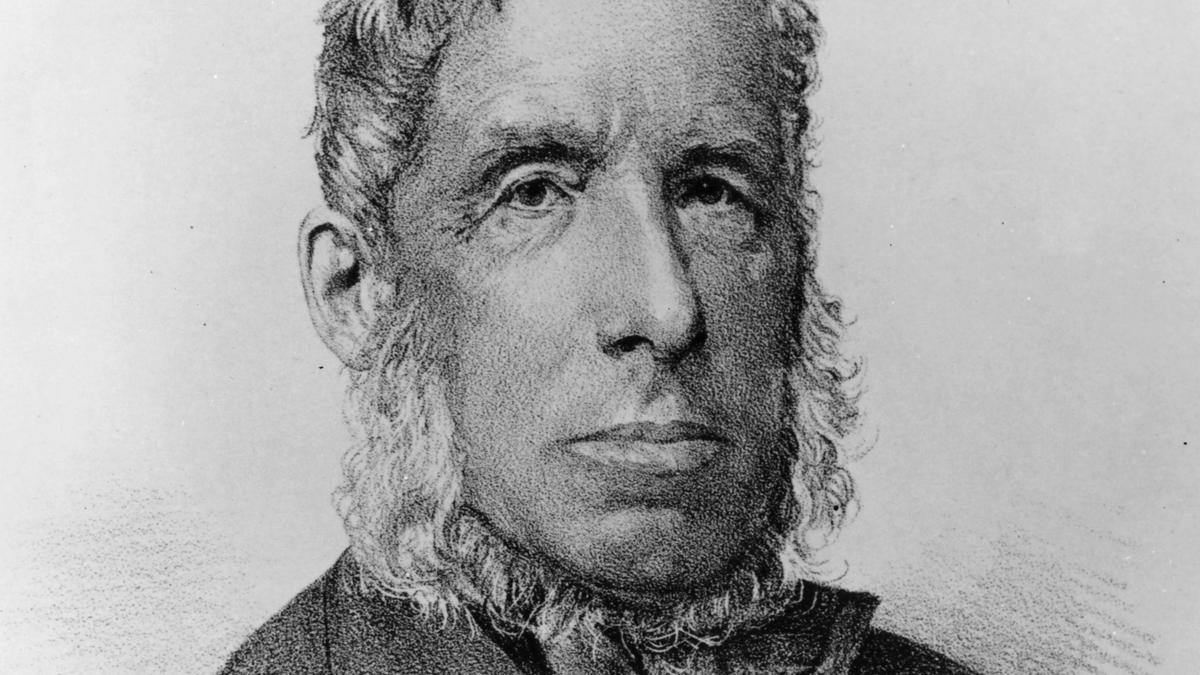A molecular biologist from Madurai, our quizmaster enjoys trivia and music, and is working on a rock ballad called ‘Coffee is a Drink, Kaapi is an Emotion’. @bertyashley
Quiz | Easy like Sunday morning: Practical inventions!
English agriculturist Sir John Bennet Lawes (1814 – 1900). The locality of Lawes in Queensland, Australia, was named after him.
1 / 10 |
Born on January 12, 1879, Ray Harroun was an American race car driver who at the inaugural Indianapolis 500 in 1911 controversially declined to take along a mechanic as other drivers did. Ray replaced one of the jobs the mechanic did with a small device he mounted on the top of his windshield. What had he invented which helped him win the race, and is now found on all automobiles?
2 / 10 |
René Laennec was a French doctor, who was also a flautist. In 1816, he had difficulty diagnosing a young woman, who had a heart problem due to her obesity. Using his knowledge of flute making, what did he invent to help that is now a staple of the profession?
3 / 10 |
Johann Döbereiner was a German chemist, who invented the Döbereiner’s lamp. It was a portable device inside which zinc reacts with dilute sulphuric acid to produce hydrogen. On opening a valve, the gas reaches a platinum sponge that on reaction with oxygen ignites the hydrogen. This was one of the earliest examples of what device?
4 / 10 |
Charles Goodyear was an American chemist, who is credited with inventing the chemical process that made rubber pliable and waterproof. He discovered by accident that adding sulphur under heat gave rubber all the required characteristics. He named the process after the Roman god of fire. What is the process known as?
5 / 10 |
Sir John Herschel invented the cyanotype process, which is a slow-reacting photographic printing formulation that is sensitive to light near the ultraviolet spectrum. The resultant prints had a characteristic colour. By what name were they known, which is still in use today?
6 / 10 |
Sir John Bennet Lawes was an English entrepreneur, who founded an experimental farm. In 1842, he obtained a patent for a process to treat phosphates with sulphuric acid, which resulted in ‘superphosphates’. This was the beginning of which industry that revolutionised agriculture?
7 / 10 |
Walter Hunt was an American mechanical engineer, who invented the modern version of an item that had been used by the ancient Greeks. They used a ‘fibula’ to help secure their tunics. Hunt included a clasp that covered the point, and a circular twist to act as a spring. What did he invent in 1849, which now makes millions?
8 / 10 |
John J. Loud obtained his patent in 1888 for something he invented so that he could write on leather and wood products. The fountain pen that people normally used was useless in both cases. It could not be used for letter-writing and the patent eventually lapsed. What had he invented which we now know in another format?
9 / 10 |
Robert Gair was a Scottish paper bag maker. One day, by accident, the metal ruler he used to crease the bags cut it. He realised that by cutting and creasing thick paper boards he could make a prefabricated item, which was easy to store. What did he invent, which revolutionised the packaging industry?
10 / 10 |
William Halsted was an American surgeon, who came to know of a scrub nurse in his surgery called Caroline Hampton. She complained of being painfully allergic to the antiseptic used on patients. Halsted reached out to Goodyear Rubber company to make something for her. What did he introduce to the field that drastically improved overall sterility of the industry?
Published – January 09, 2025 11:36 am IST

